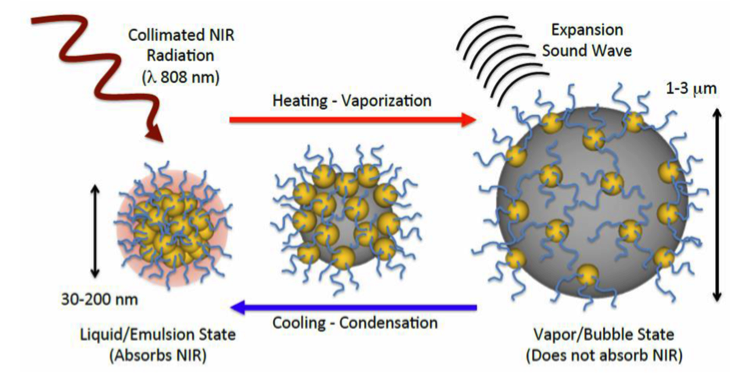The J. Ray and Priscilla J. Bowen Endowment was established by former UW Dean of Engineering and Chemical Engineering Faculty member, J. Ray Bowen, to recognize outstanding student performance in senior design projects. This spring, the department proudly awarded its first three Bowen Design Awards.
In the traditional version of Process Design (CHEME 486) taught by Prof. Shen, students were asked to design a large-scale manufacturing facility for the production of a trivalent flu vaccine using a non-egg based expression system such as insect cells or Chinese Hamster Ovary (CHO) cells. Team Coastin’ (Conor O’Brien, Curtis Whittle, Zach Jarin, Phillip Gulsrud) and Team Kegel (Greg Kegel) rose to the top to each take a Bowen Award. One of the winning designs replaced egg-based manufacturing by CHO cell cultivation in disposable 500L bioreactors and used centrifugation, tangential flow filtration, and column chromatography to profitably produce 34 million vaccine doses.
 Five teams of students enrolled in the Innovative Design Option (CHEME 497) worked on yearlong projects under the guidance of a graduate student and a faculty member. This year’s projects were: Bipolar electrochemical printing (Prof. Schwartz); Zetection: development of improved medical diagnostics with zwitterionic materials (Prof. Jiang); Manufacturing pathways to earth-abundant solar cells (Profs. Hillhouse and Holt); e-gas (Prof. Adler); and Aurora Plasmonics: plasmonic emulsions for biomedical applications (Prof. Pozzo).
Five teams of students enrolled in the Innovative Design Option (CHEME 497) worked on yearlong projects under the guidance of a graduate student and a faculty member. This year’s projects were: Bipolar electrochemical printing (Prof. Schwartz); Zetection: development of improved medical diagnostics with zwitterionic materials (Prof. Jiang); Manufacturing pathways to earth-abundant solar cells (Profs. Hillhouse and Holt); e-gas (Prof. Adler); and Aurora Plasmonics: plasmonic emulsions for biomedical applications (Prof. Pozzo).
The Bowen Award winning team, Aurora Plasmonics (Rainie Nelson, Sim Yee Chen, Jess Little), worked on the design of an oil-in-water emulsion encapsulated with gold nanoparticles that produces a blood clot-busting acoustic wave when pulses of infrared light applied to a patient’s skin causes the nanogold to heat up and to vaporize the oil. Students experimented with different methods to control the size and stability of nanoparticles and emulsions to improve safety, functionality, and versatility of the technology. The team participated in the UW Foster School Business Plan Competition where they placed 5th out of 92 and received the Best Idea Prize for Best Technology.